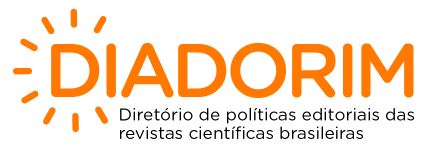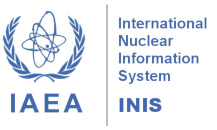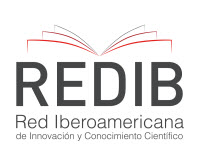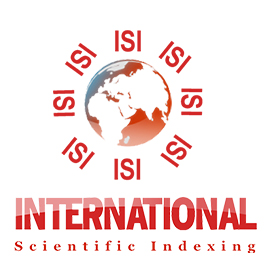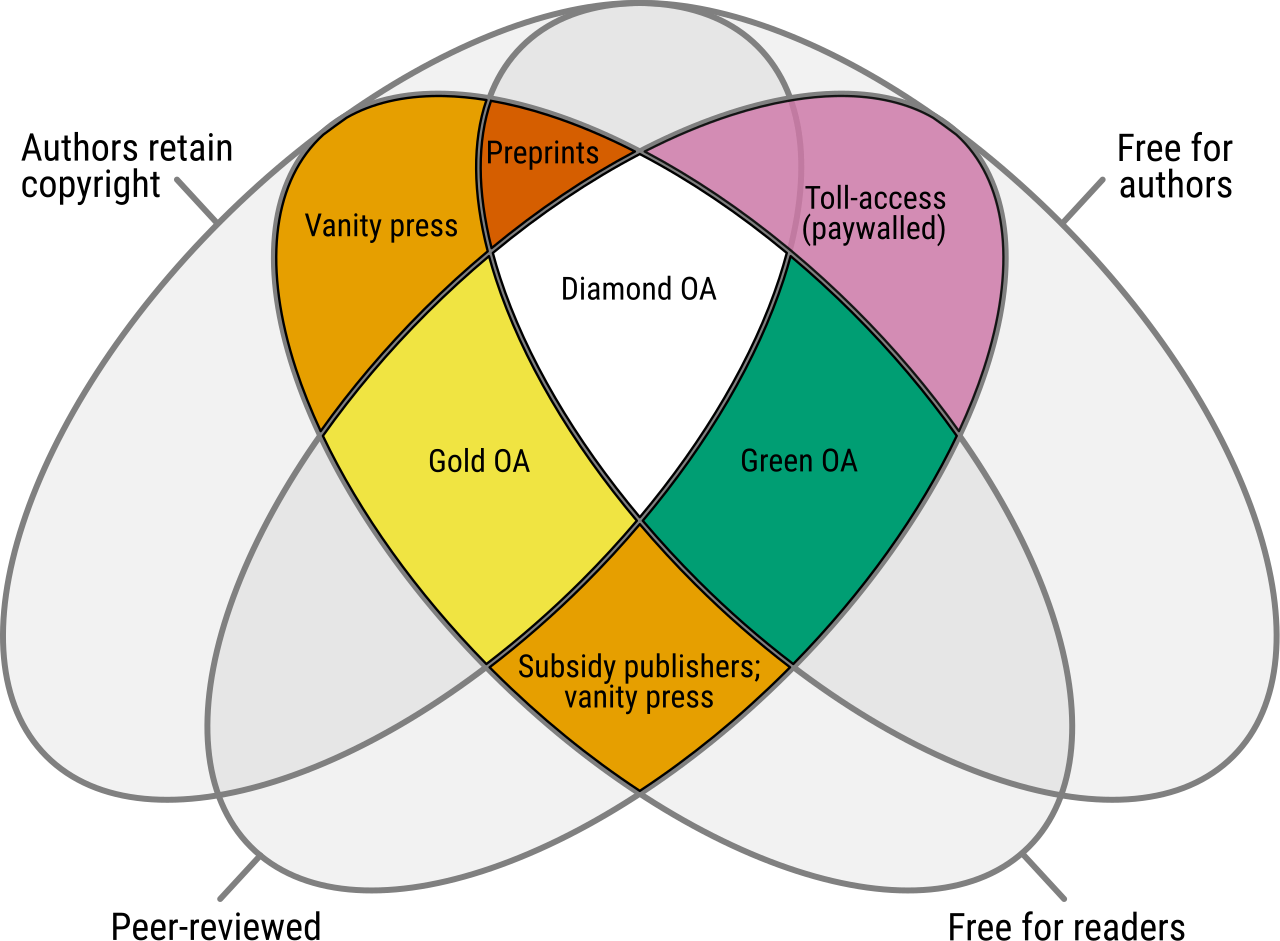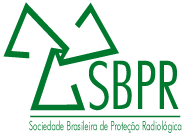Development of a semi-analytical nodal methodology for one-dimensional eigenvalue problems based on multigroup neutron transport theory using the discrete ordinate formulation
DOI:
https://doi.org/10.15392/2319-0612.2025.2940Palabras clave:
Neutron transport equation, Multigroup energy formulation, Nodal methodology, Quadratic approximationResumen
A semi-analytical nodal methodology is described in this paper for obtaining the numerical solution of eigenvalue problems based on neutron transport theory, in slab geometry, with isotropic scattering, using the discrete ordinates and multigroup energy formulation. This new approach applies a quadratic polynomial approximation only to the fission term in the transport equation, which justifies the method being classified as semi-analytical. The numerical solution is obtained through two interconnected iterative processes: the outer iterative process, which uses the power method to obtain successive estimates for the fission source and the effective multiplication factor ( ), and the internal iterative process, which aims to obtain successive estimates of the angular neutron fluxes emerging from the homogeneous regions throughout the spatial domain. Once the eigenvalues are calculated, for each outer power iteration, the angular fluxes of neutrons emerging at the node faces and in the sweeping direction of the internal iterative process are estimated. These are incoming fluxes at the faces of adjacent nodes, which ensures the continuity of the numerical solution. Computational algorithms were implemented in MATLAB. Numerical results for a typical benchmark problem considering an ADS, c.f., Accelerator-Driven Subcritical Reactor, type model are provided to illustrate the accuracy of the converged numerical solutions in coarse-mesh calculations. Although the method is not free from spatial truncation error, the results for the benchmark problem were considered satisfactory with one node per region, and refining the spatial domain did not result in a high computational cost in terms of response time, with results approaching those of analytical solutions.
Descargas
Referencias
[1] Lewis, E. E.; Miller, W. F. Computational methods of neutron transport. 2nd Edition, Wiley, New York, USA, 1993. ISBN 0-471-09245-2.
[2] Badruzzaman, A. Nodal methods in transport theory. Advances in Nuclear Science and Technology, 12 1990. in <https://www.osti.gov/biblio/443936>.
[3] Lawrence, R. D. Progress in nodal methods for the solution of the neutron diffusion and transport equations. Progress in Nuclear Energy, v. 17, p. 271-301, 1986. DOI: https://doi.org/10.1016/0149-1970(86)90034-X
[4] Barros, R. C.; Larsen, E. W. A numerical method for discrete ordinate problems of one-group slab geometry without spatial truncation error. Nuclear Science and Engineering, v. 104, p. 199-208, 1990. DOI: https://doi.org/10.13182/NSE90-A23719
[5] de Abreu, M. P. Métodos determinísticos livres de aproximações espaciais para a solução numérica dominante de problemas de autovalor multiplicativo na formulação de ordenadas discretas da teoria do transporte de nêutrons. Tese de Doutorado, COPPE/UFRJ, Rio de Janeiro, RJ, Brasil, 1996.
[6] Ramírez, S. Cálculos de criticalidade usando a equação de transporte de nêutrons multigrupo unidimensional na formulação das ordenadas discretas a partir da solução analítica local. Tese de Doutorado, IPRJ/UERJ, Nova Friburgo, RJ, Brasil, 2021.
[7] Salas, L. L.; Silva, F. C.; Martinez, A. S. A new point kinetics model for ADS-type reactor using the importance function associated to the fission rate as weight function. Annals of Nuclear Energy, v 190, p. 1-20, 2023. DOI: https://doi.org/10.1016/j.anucene.2023.109869
[8] Tsujimoto, K.; Sasa, T.; Nishihara, K.; Oigawa, H.; Takano, H. Neutronics design for lead-bismuth cooled accelerator-driven system for transmutation of minor actinides. Journal Nuclear Science and Technology, v. 41, n. 1, p. 21-36, 2004. DOI: https://doi.org/10.1080/18811248.2004.9715454
Descargas
Publicado
Número
Sección
Categorías
Licencia
Derechos de autor 2025 Natália Rocha Pinheiro, Francisco Bruno Souza Oliveira, Hermes Alves Filho

Esta obra está bajo una licencia internacional Creative Commons Atribución 4.0.
Licencia: los artículos de BJRS tienen una licencia internacional Creative Commons Attribution 4.0, que permite el uso, el intercambio, la adaptación, la distribución y la reproducción en cualquier medio o formato, siempre que se otorgue el crédito correspondiente al autor o autores originales y a la fuente, proporcione un enlace a la licencia Creative Commons e indique si se realizaron cambios. Las imágenes u otros materiales de terceros en el artículo están incluidos en la licencia Creative Commons del artículo, a menos que se indique lo contrario en una línea de crédito al material. Si el material no está incluido en la licencia Creative Commons del artículo y su uso previsto no está permitido por la regulación legal o excede el uso permitido, el autor deberá obtener el permiso directamente del titular de los derechos de autor. Para ver una copia de esta licencia, visite http://creativecommons.org/licenses/by/4.0/




